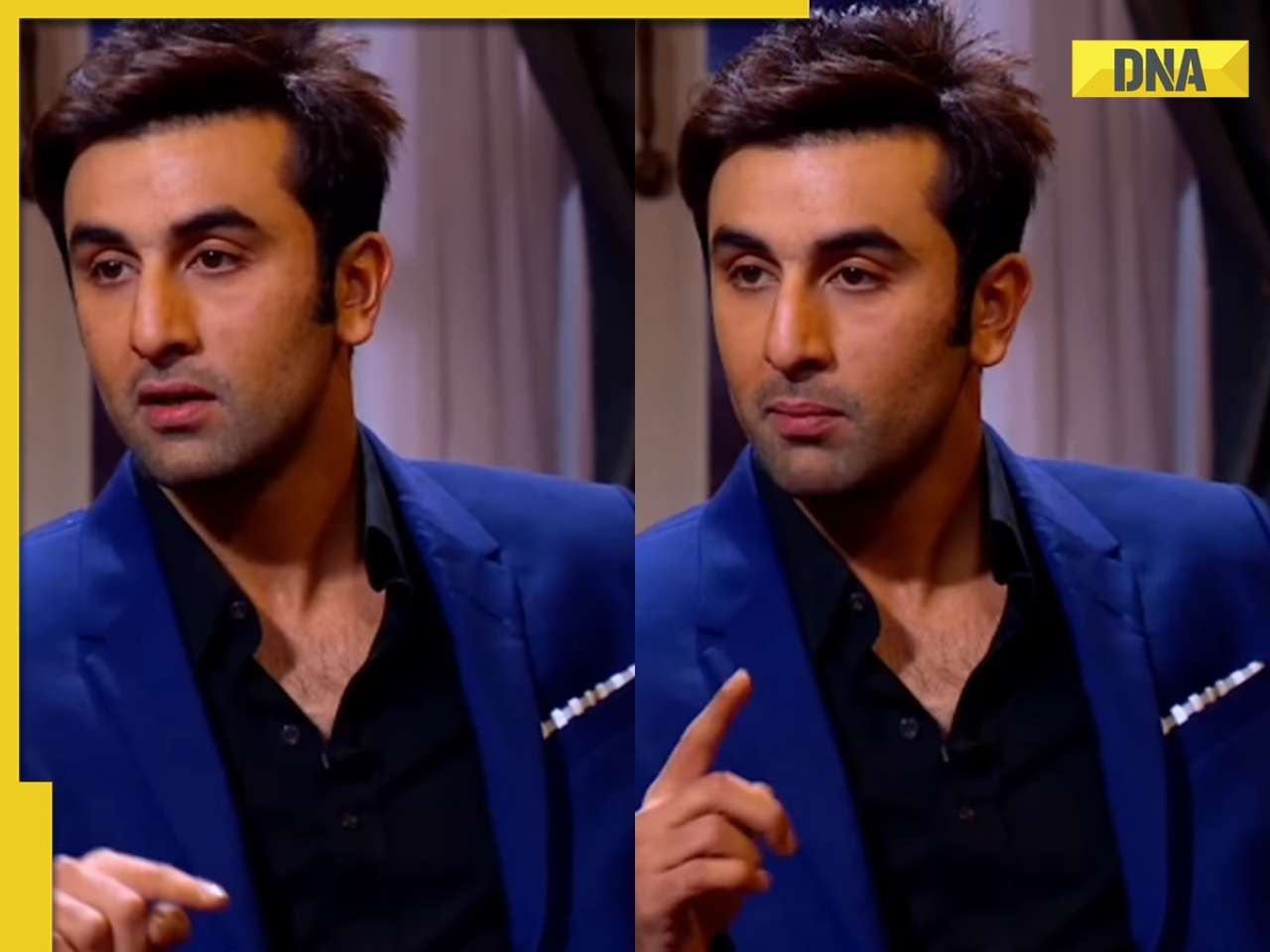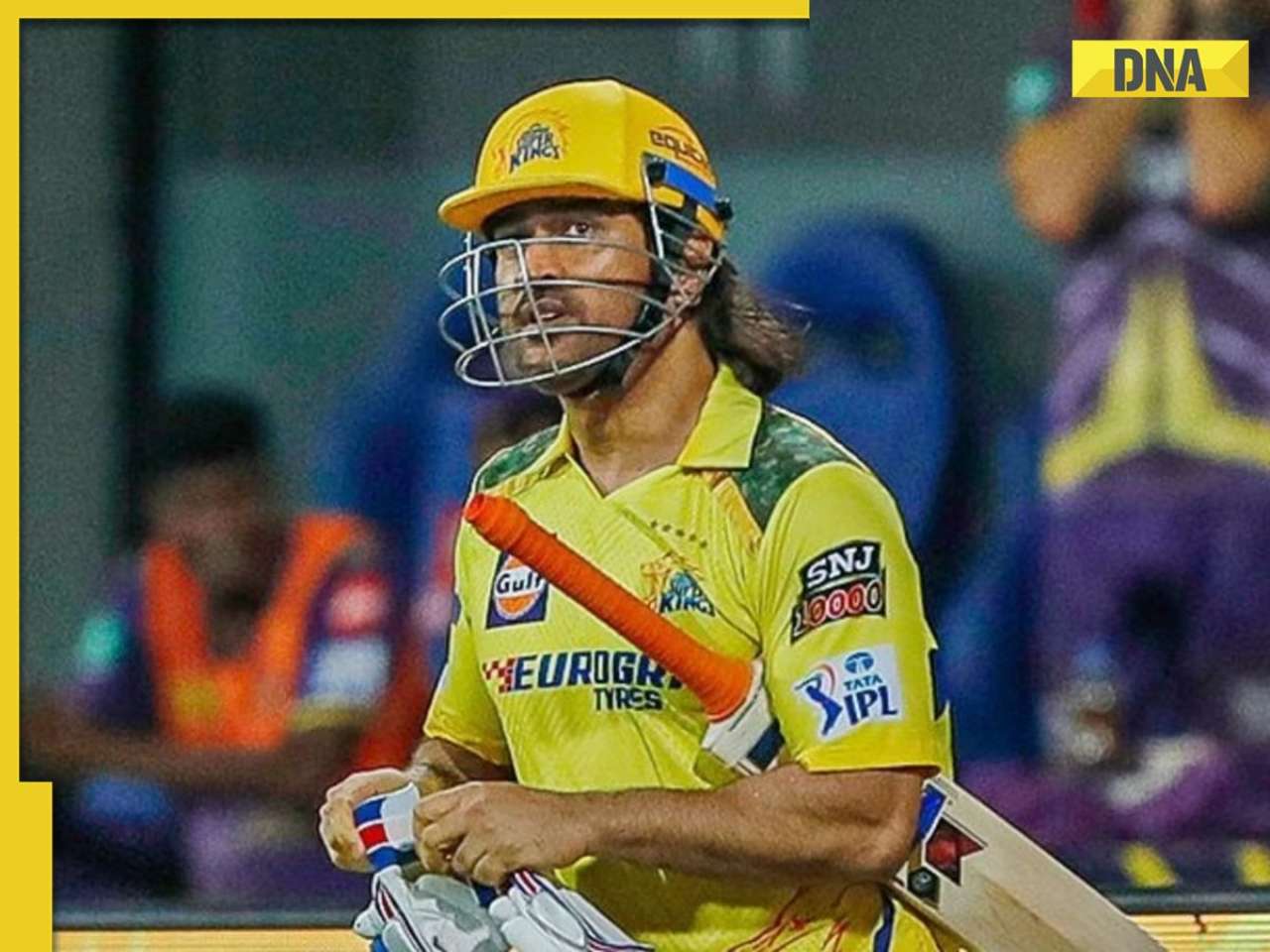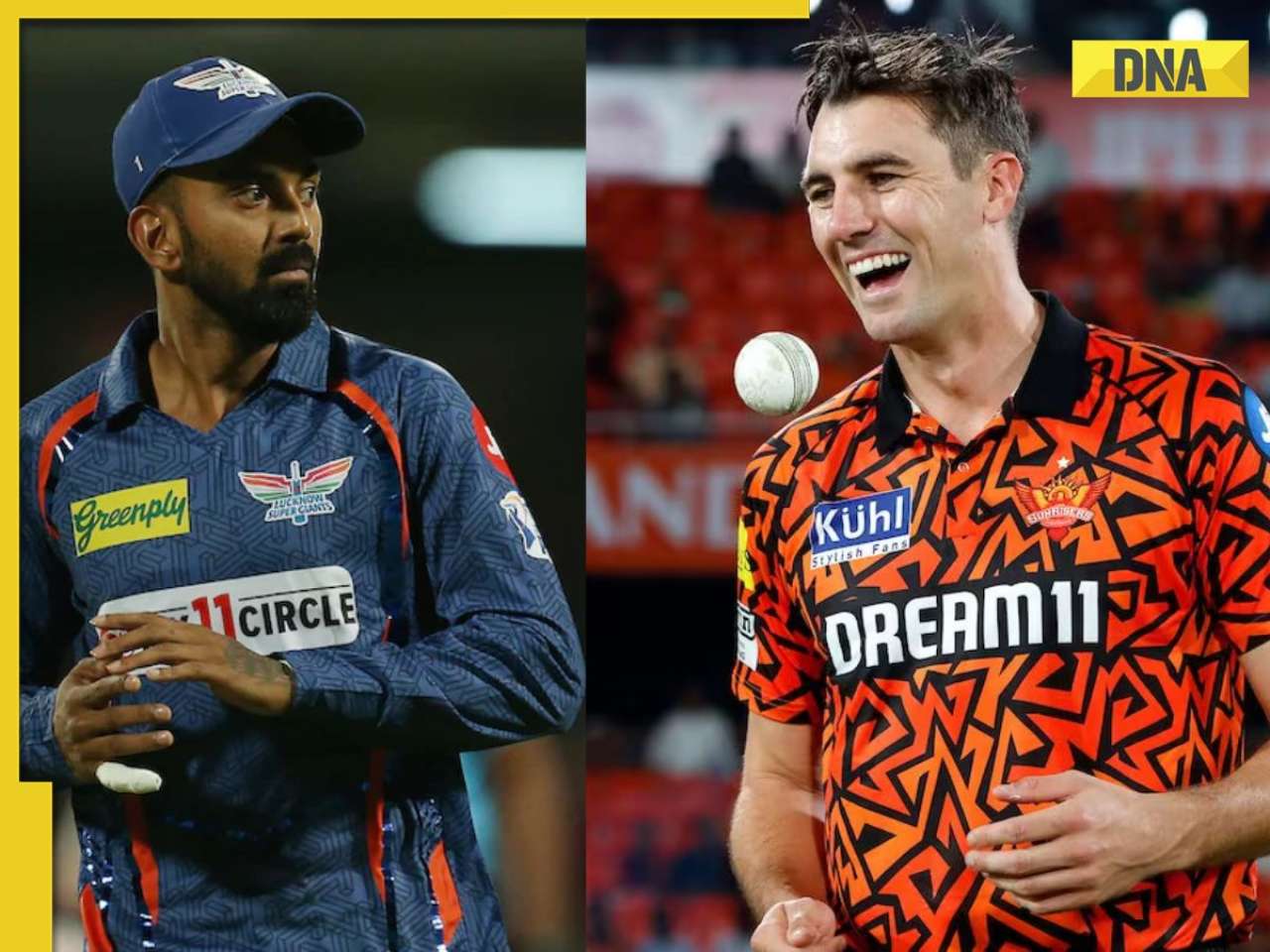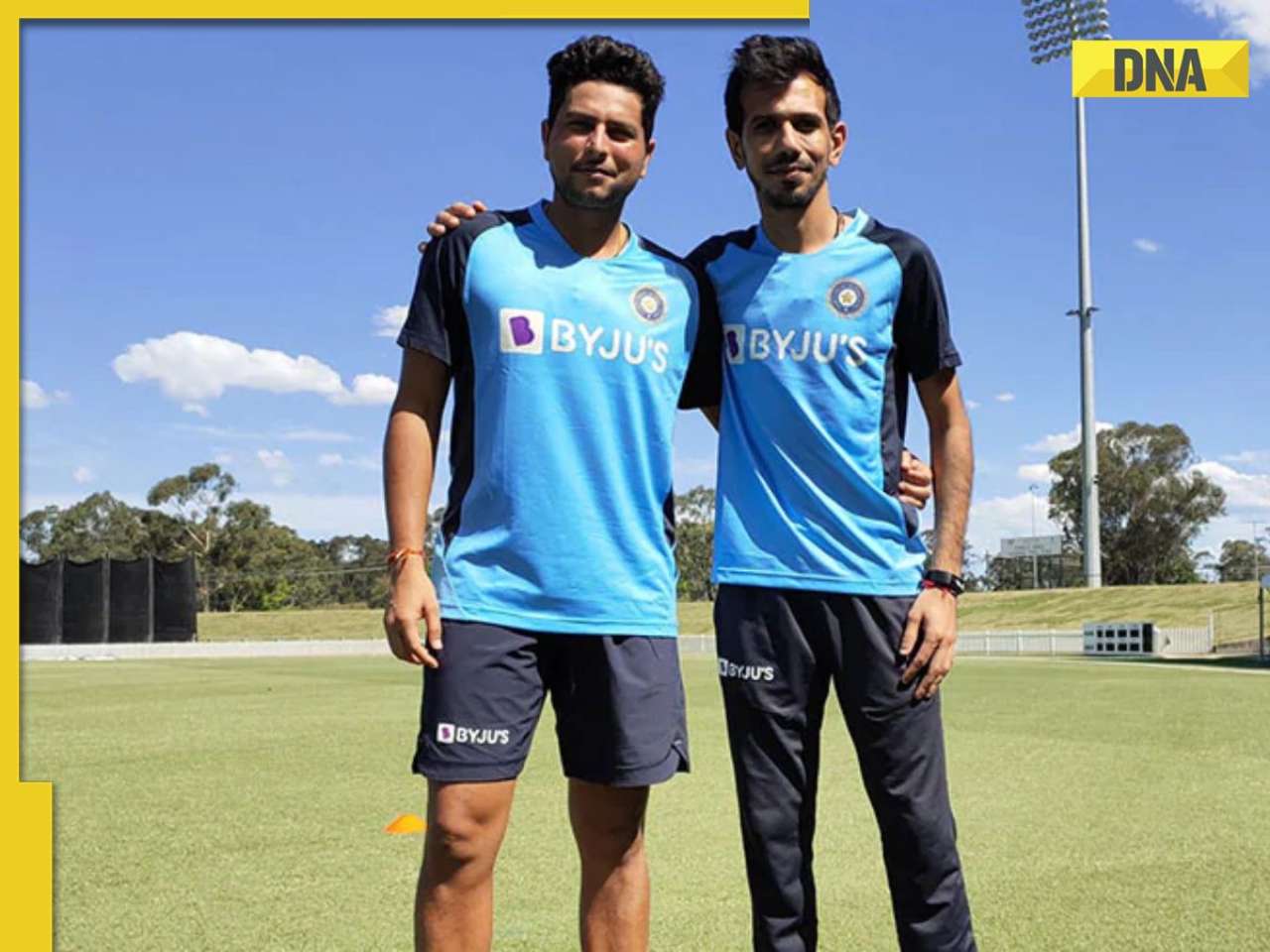After winning the T20I series, 2-1, India are set to take England on the 3-match ODiI series, starting on Thursday.
Cricket’s history goes back to the late 16th century, where the game originated in South-East of England. They have nailed the Test format: they are just a Test away from touching the 1,000-mark, in terms of number of Tests played by a team. By far, they have played more Tests by any other team.
However, when it comes to the white-ball game, England have been away from dominance. While the likes of Australia, India and West Indies have won the trophy more than once, England have none on their cabinet.
They have always been put down in this aspect, despite being the creator of the game, for not winning the Cricket World Cup yet.
To make things worse, England have had a trend of succumbing to minor teams in the mega event. In 2011, England were ousted by Association Nation Ireland and in 2015 World Cup, England lost to Bangladesh which saw them eliminated from the tournament even before the knockout round.
Soon after that, England’s cricket board took quick and stern actions. Former English captain Andrew Strauss was brought in the management. He was appointed as England Cricket Director followed by the axing Peter Moores as England’s head coach.
Under Moores, who was the first man to be appointed England’s head coach twice, England managed to win only one Test series – which was against India – and even suffered a shameful group-stage exit from the World Cup.
Ahead of home Ashes in 2015, Trevor Bayliss took over England in a hope to transform the team across formats. He began his stint with a bang as England reclaimed the Ashes in 2015.
But, they went on to lose the One-Day series. Ever since Bayliss took over England’s responsibility three years back, England have lost only four series out of 17 ODI series they have played.
Their series losses came against the likes of India, Australia, South Africa and an unfortunate loss to Scotland in the one-off ODI recently. Even in the ICC Champions Trophy in 2017, which was played in England, the hosts were favourites until one bad match.
England were the only unbeaten side in the group stage but a bad day at work against Pakistan in the semi-final saw them out of the tournament and that was yet another instance when an ICC trophy in the 50-over format eluded England.
By winning seven consecutive ODI series, which included four or more games, England have seriously turned tables around in the white-ball game.
Bringing more perspective, England have lost only four ODIs in the 21 matches they have played in the last 12 months. While their batting extends till as far as their No. 11 batsman, their bowling has been decent too.
However, it’s not a hidden fact that England of late have dominated the ODI world because of its batters and not as much with their bowlers.
England sure have produced some of the best bowlers; from Fred Trueman and Brian Statham to Ian Botham and Bob Willis to James Anderson and Stuart Broad, all have been England’s fast-bowling arsenal but these bowlers have more been Test specialists and have not replicated the same effort in the coloured jersey.
The fact only two English bowlers – James Anderson (269) and Darren Gough (235) - have 200 or more ODI wickets can be the testimony to England’s repetitive failures in the format. However, the trend slowly is changing.
With Bayliss’s entry, came the new ODI culture in the English dressing room. England badly needed to stop depending on the duo of Anderson and Broad.
The combination of aging and lack of variety to offer, Anderson and Broad’s weaknesses were slowly being exposed and that was not good for the team in the long run. If they aimed at the big trophy, they had to build an all-new pace attack.
Fast forwarding, the last ODI Anderson played was three years back, while Broad has not worn the English red or blue colours in almost two years. The English pace attack now comprises of David Willey, Chris Woakes, Mark Wood, Jake Ball, Ben Stokes, Liam Plunkett among a few more.
With Woakes’ exception, who made his international debut in 2011, others began playing for England in the last three years and have certainly made a difference in the one-day side.
However, these guys have failed when England have gone up against a strong batting line-up, which is why they ended up losing series against South Africa, Australia (when they had likes of David Warner, Steven Smith in the team and the others in form) and a batting stars-studded Indian side in their backyard.
These players are more like bits and pieces bowlers and neither of them is complete. Willey can swing the ball and he can deliver yorkers in the initial and death overs, Wood can bowl consistently at 90 kmph and Plunkett is a middle-overs specialist.
If Wood-Willey and Plunkett are put together, that’s when England limited-overs captain Eoin Morgan will get one complete bowler.
In the absence of Chris Woakes, who is out with hamstring injury, Willey is England’s best option for an opening bowler with Wood. His average of 36 in 39 ODIs and 43 wickets speak for his talent but captain Morgan does not have full faith in him.
Willey is neither given a full quota of 10 overs nor used fully towards the crucial death over.
Plunkett, who made his ODI debut in 2005, has never made a permanent place in the team for himself. After his debut, he didn’t play for three years between 2007 and 2010, before he played an ODI in 2011 and then disappeared again until 2015.
Since returning to the 50-over side two years back, Plunkett has taken 65 wickets in 36 matches. He struck a strike-rate of 30.7 – which left him with the best strike-rate by an England bowler in ODI history.
Meanwhile, Wood is probably is faster than the entire English side and but his average of over 46 does not speak for him. Moreover, in the 31 ODIs he has played, he has picked more than two wickets only in two matches and that hurts his tag of being a potential wicket-taker.
Wood managed to take only four wickets in the four ODIs he played against Australia last month, while the five-match series was dominated by English spin duo of Moeen Ali and Adil Rashid, who bagged 12 wickets each.
England again will be over dependent on the spin and knowing how good a players the Indians are against spin, England might want their pacers to really step up.
England are pumped up with the 5-0 whitewash they enforced on Australia at home recently. But, you also have to look at the point that Australia were without their best bowlers and batsmen and that made a hell lot of difference which ended up being against the touring side.
With the first ODI on Thursday, England are set to take on World No. 2 India in a three-match ODI series. Virat Kohli’s side, that is eyeing to replace England as the No. 1 ODI side, are way superior than the Australian side that toured England last month.
The Indian team’s openers, Shikhar Dhawan and Rohit Sharma have been performing consistently. Dhawan and Rohit were the leading run-scorers of the Champions Trophy in 2017 and that is the proof of how comfortable these two are with the English conditions when playing limited-overs cricket.
The next in line are the likes of KL Rahul, Kohli, MS Dhoni, Hardik Pandya and Suresh Raina and each one of them is a talented batsman and has proved himself in the past.
If even half of these batsmen deliver in a match that will certainly put the England bowlers under immense pressure. England’s recent tour of Scotland showed how England bowlers can succumb when they face a gun batting line-up.
A full-fledged English bowling line-up comprising of Willey, Plunkett, Wood and the spin duo of Adil Rashid and Mooen Ali allowed a lower-ranked Scotland to post a total as huge as 371. Eventually, England lost the match by six runs.
The hosts smashed almost 500 runs at Trent Bridge last month against Australia last month, thanks to the flat and batting friendly pitches ECB have been laying down these days. Co-incidentally, England and India are going to playing the opening ODI of the three-match series at the same venue at Nottingham.
Taking into consideration the pitches and the two-new-ball rule in the ODIs, England can find themselves in trouble if they happen to be in a position where they have to chase a huge target from India.
However, that’s not the case with the Indian team. Regardless of their big or a small score, they have an equally stronger bowling line-up to support them, unlike the hosts.
![submenu-img]() MBOSE 12th Result 2024: HSSLC Meghalaya Board 12th result declared, direct link here
MBOSE 12th Result 2024: HSSLC Meghalaya Board 12th result declared, direct link here![submenu-img]() Apple iPhone 14 at ‘lowest price ever’ in Flipkart sale, available at just Rs 10499 after Rs 48500 discount
Apple iPhone 14 at ‘lowest price ever’ in Flipkart sale, available at just Rs 10499 after Rs 48500 discount![submenu-img]() Meet man who left high-paying job, built Rs 2000 crore business, moved to village due to…
Meet man who left high-paying job, built Rs 2000 crore business, moved to village due to…![submenu-img]() Meet star, who grew up poor, identity was kept hidden from public, thought about suicide; later became richest...
Meet star, who grew up poor, identity was kept hidden from public, thought about suicide; later became richest...![submenu-img]() Watch: Ranbir Kapoor recalls 'disturbing' memory from his childhood in throwback viral video, says 'I was four years...'
Watch: Ranbir Kapoor recalls 'disturbing' memory from his childhood in throwback viral video, says 'I was four years...'![submenu-img]() DNA Verified: Is CAA an anti-Muslim law? Centre terms news report as 'misleading'
DNA Verified: Is CAA an anti-Muslim law? Centre terms news report as 'misleading'![submenu-img]() DNA Verified: Lok Sabha Elections 2024 to be held on April 19? Know truth behind viral message
DNA Verified: Lok Sabha Elections 2024 to be held on April 19? Know truth behind viral message![submenu-img]() DNA Verified: Modi govt giving students free laptops under 'One Student One Laptop' scheme? Know truth here
DNA Verified: Modi govt giving students free laptops under 'One Student One Laptop' scheme? Know truth here![submenu-img]() DNA Verified: Shah Rukh Khan denies reports of his role in release of India's naval officers from Qatar
DNA Verified: Shah Rukh Khan denies reports of his role in release of India's naval officers from Qatar![submenu-img]() DNA Verified: Is govt providing Rs 1.6 lakh benefit to girls under PM Ladli Laxmi Yojana? Know truth
DNA Verified: Is govt providing Rs 1.6 lakh benefit to girls under PM Ladli Laxmi Yojana? Know truth![submenu-img]() Alia Bhatt wears elegant saree made by 163 people over 1965 hours to Met Gala 2024, fans call her ‘princess Jasmine’
Alia Bhatt wears elegant saree made by 163 people over 1965 hours to Met Gala 2024, fans call her ‘princess Jasmine’![submenu-img]() Jr NTR-Lakshmi Pranathi's 13th wedding anniversary: Here's how strangers became soulmates
Jr NTR-Lakshmi Pranathi's 13th wedding anniversary: Here's how strangers became soulmates![submenu-img]() Streaming This Week: Heeramandi, Shaitaan, Manjummel Boys, latest OTT releases to binge-watch
Streaming This Week: Heeramandi, Shaitaan, Manjummel Boys, latest OTT releases to binge-watch![submenu-img]() Remember Ayesha Kapur? Michelle from Black, here's how actress, nutrition coach, entrepreneur looks after 19 years
Remember Ayesha Kapur? Michelle from Black, here's how actress, nutrition coach, entrepreneur looks after 19 years![submenu-img]() Remember Heyy Babyy's cute 'Angel' Juanna Sanghvi? 20 year-old looks unrecognisable now, fans say 'her comeback will...'
Remember Heyy Babyy's cute 'Angel' Juanna Sanghvi? 20 year-old looks unrecognisable now, fans say 'her comeback will...'![submenu-img]() Haryana Political Crisis: Will 3 independent MLAs support withdrawal impact the present Nayab Saini led-BJP government?
Haryana Political Crisis: Will 3 independent MLAs support withdrawal impact the present Nayab Saini led-BJP government?![submenu-img]() DNA Explainer: Why Harvey Weinstein's rape conviction was overturned, will beleaguered Hollywood mogul get out of jail?
DNA Explainer: Why Harvey Weinstein's rape conviction was overturned, will beleaguered Hollywood mogul get out of jail?![submenu-img]() What is inheritance tax?
What is inheritance tax?![submenu-img]() DNA Explainer: What is cloud seeding which is blamed for wreaking havoc in Dubai?
DNA Explainer: What is cloud seeding which is blamed for wreaking havoc in Dubai?![submenu-img]() DNA Explainer: What is Israel's Arrow-3 defence system used to intercept Iran's missile attack?
DNA Explainer: What is Israel's Arrow-3 defence system used to intercept Iran's missile attack?![submenu-img]() Meet star, who grew up poor, identity was kept hidden from public, thought about suicide; later became richest...
Meet star, who grew up poor, identity was kept hidden from public, thought about suicide; later became richest...![submenu-img]() Watch: Ranbir Kapoor recalls 'disturbing' memory from his childhood in throwback viral video, says 'I was four years...'
Watch: Ranbir Kapoor recalls 'disturbing' memory from his childhood in throwback viral video, says 'I was four years...'![submenu-img]() This superstar was in love with Muslim actress, was about to marry her, relationship ruined after death threats from..
This superstar was in love with Muslim actress, was about to marry her, relationship ruined after death threats from..![submenu-img]() Meet Madhuri Dixit’s lookalike, who worked with Akshay Kumar, Govinda, quit films at peak of career, is married to…
Meet Madhuri Dixit’s lookalike, who worked with Akshay Kumar, Govinda, quit films at peak of career, is married to… ![submenu-img]() Meet former beauty queen who competed with Aishwarya, made debut with a superstar, quit acting to become monk, is now..
Meet former beauty queen who competed with Aishwarya, made debut with a superstar, quit acting to become monk, is now..![submenu-img]() IPL 2024: Jake Fraser-McGurk, Abishek Porel power DC to 20-run win over RR
IPL 2024: Jake Fraser-McGurk, Abishek Porel power DC to 20-run win over RR![submenu-img]() SRH vs LSG, IPL 2024: Predicted playing XI, live streaming details, weather and pitch report
SRH vs LSG, IPL 2024: Predicted playing XI, live streaming details, weather and pitch report![submenu-img]() IPL 2024: Here’s why CSK star MS Dhoni batted at No.9 against PBKS
IPL 2024: Here’s why CSK star MS Dhoni batted at No.9 against PBKS![submenu-img]() SRH vs LSG IPL 2024 Dream11 prediction: Fantasy cricket tips for Sunrisers Hyderabad vs Lucknow Super Giants
SRH vs LSG IPL 2024 Dream11 prediction: Fantasy cricket tips for Sunrisers Hyderabad vs Lucknow Super Giants![submenu-img]() Watch: Kuldeep Yadav, Yuzvendra Chahal team up for hilarious RR meme, video goes viral
Watch: Kuldeep Yadav, Yuzvendra Chahal team up for hilarious RR meme, video goes viral![submenu-img]() Not Alia Bhatt or Isha Ambani but this Indian CEO made heads turn at Met Gala 2024, she is from...
Not Alia Bhatt or Isha Ambani but this Indian CEO made heads turn at Met Gala 2024, she is from...![submenu-img]() Man makes Lord Hanuman co-litigant in plea, Delhi High Court asks him to pay Rs 100000…
Man makes Lord Hanuman co-litigant in plea, Delhi High Court asks him to pay Rs 100000…![submenu-img]() Four big dangerous asteroids coming toward Earth, but the good news is…
Four big dangerous asteroids coming toward Earth, but the good news is…![submenu-img]() Isha Ambani's Met Gala 2024 saree gown was created in over 10,000 hours, see pics
Isha Ambani's Met Gala 2024 saree gown was created in over 10,000 hours, see pics![submenu-img]() Indian-origin man says Apple CEO Tim Cook pushed him...
Indian-origin man says Apple CEO Tim Cook pushed him...






































)









)
)
)
)
)
)